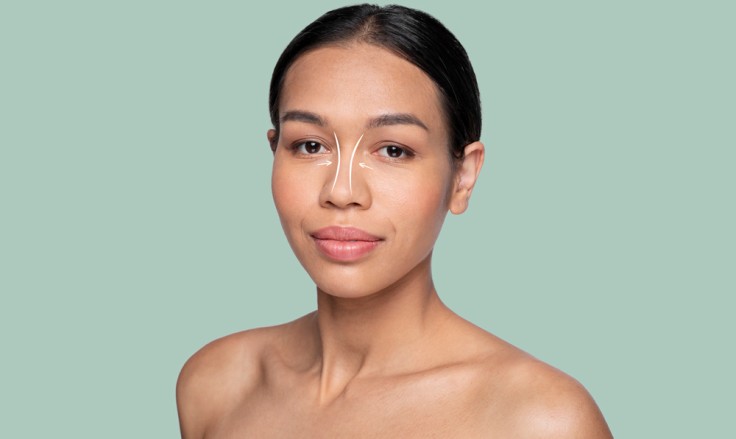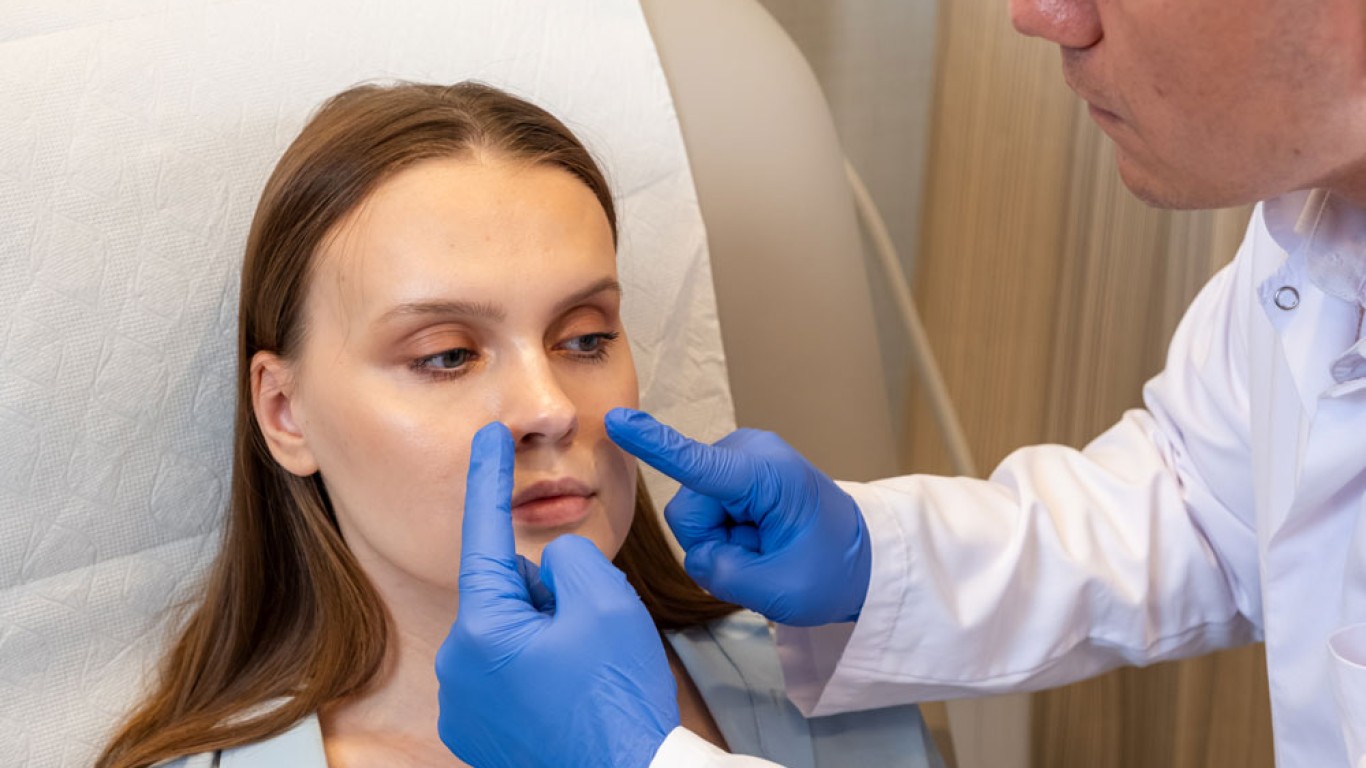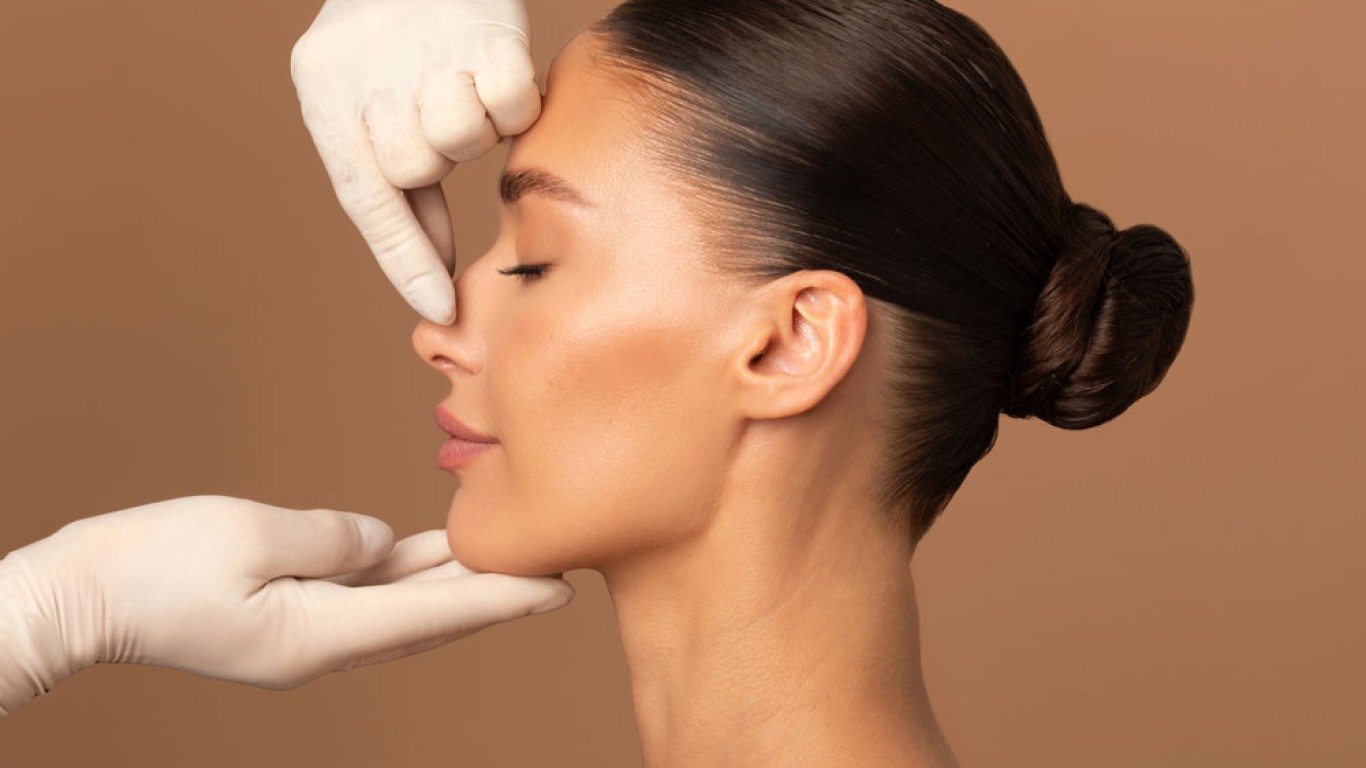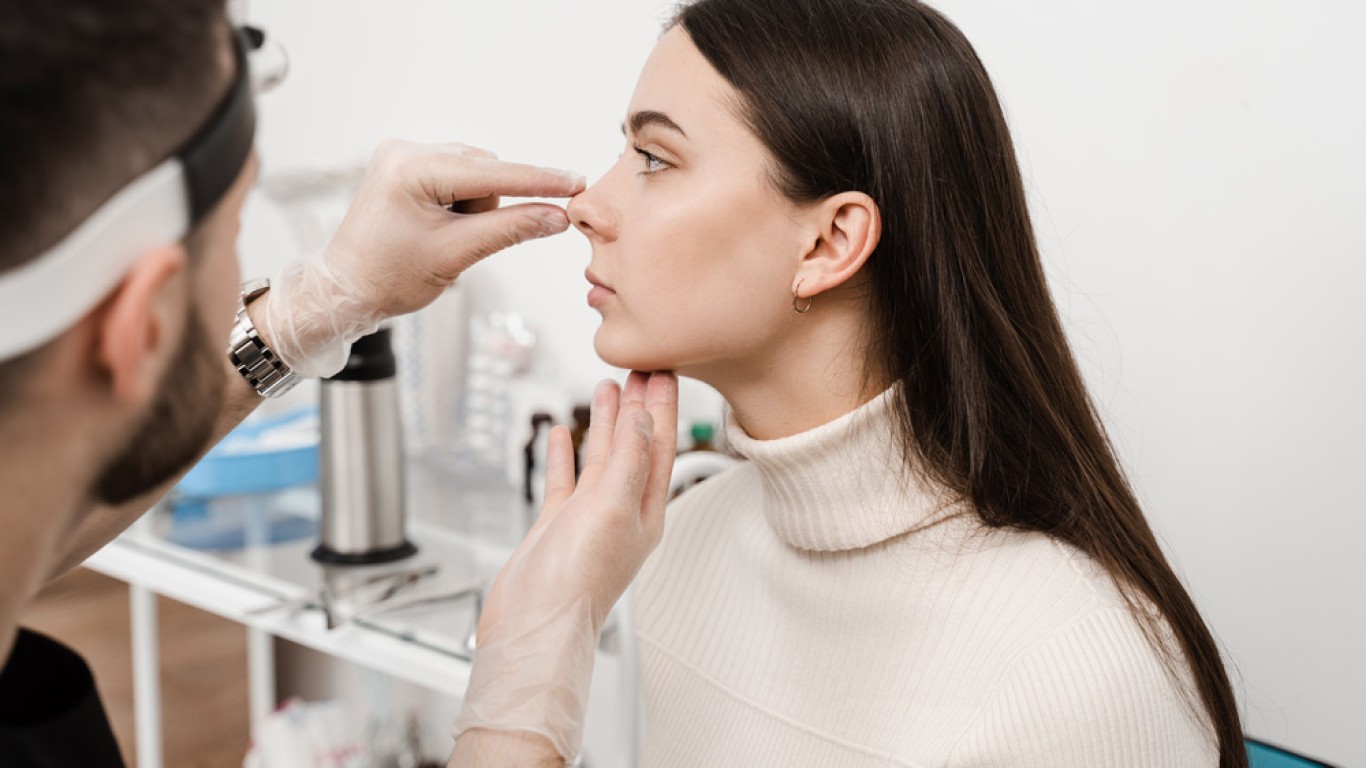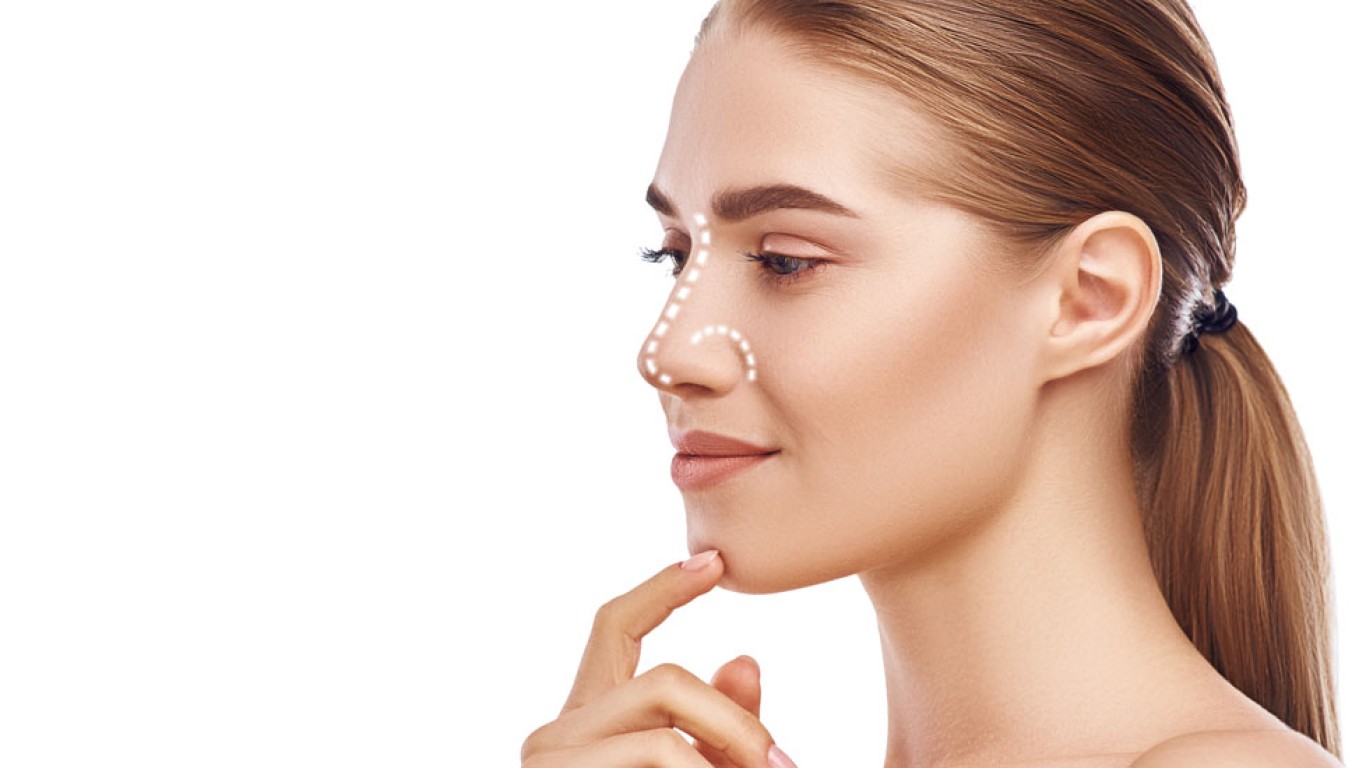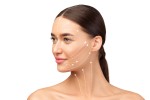Rhinoplasty remains one of the most requested cosmetic procedures worldwide. However, each patient’s goals and facial features are unique. Ethnic Rhinoplasty has evolved to celebrate that diversity. Clinics offer personalised approaches that preserve cultural identity while enhancing facial harmony.
In contrast, traditional rhinoplasty often follows standardised aesthetic ideals. Understanding the distinction helps patients choose the right procedure for their features and chosen preferences.
What Is Ethnic Rhinoplasty?
Ethnic Rhinoplasty is an approach designed to reshape the nose while maintaining natural ethnic characteristics. It recognises that beauty standards vary across cultures. Rhinoplasty should never follow a single universal model.
The procedure is tailored for patients of African, Asian, Middle Eastern, or Latin descent. It supports those who seek refinement without losing individuality. Moreover, it respects structural differences. These include skin thickness, cartilage strength and nasal bridge height.
Surgeons use advanced techniques to achieve proportional improvements that enhance, rather than erase, natural heritage. Therefore, Ethnic Rhinoplasty provides subtle enhancement while preserving identity and authenticity.
What Is Traditional Rhinoplasty?
Traditional rhinoplasty focuses on reshaping the nose based on standard aesthetic principles. It often aims to achieve a narrow bridge, defined tip and balanced proportions. These are all usual characteristics aligned with Western ideals.
This approach can produce excellent results. However, it may not always suit patients from diverse ethnic backgrounds. Differences in bone structure, cartilage and skin texture can require alternative surgical strategies.
Traditional rhinoplasty remains effective for patients seeking correction of medical issues. For example, deviated septums or nasal asymmetry. However, Ethnic Rhinoplasty provides a more inclusive and culturally sensitive solution for aesthetic enhancement.
Key Differences Between Ethnic and Traditional Rhinoplasty
Although both aim to improve nasal appearance and function, their focus differs significantly. Ethnic Rhinoplasty prioritises natural results that harmonise with the patient’s ethnicity. It respects genetic traits while addressing cosmetic concerns such as width, projection or tip definition.
Traditional rhinoplasty, conversely, follows a more universal approach to facial symmetry. While it delivers refined contours, it may overlook subtle ethnic variations that define individuality.
Additionally, Ethnic Rhinoplasty often involves specialised techniques to reinforce or augment nasal structure. Thicker skin or weaker cartilage in some ethnic groups requires a different surgical approach. As a result, outcomes are natural and balanced rather than standardised.
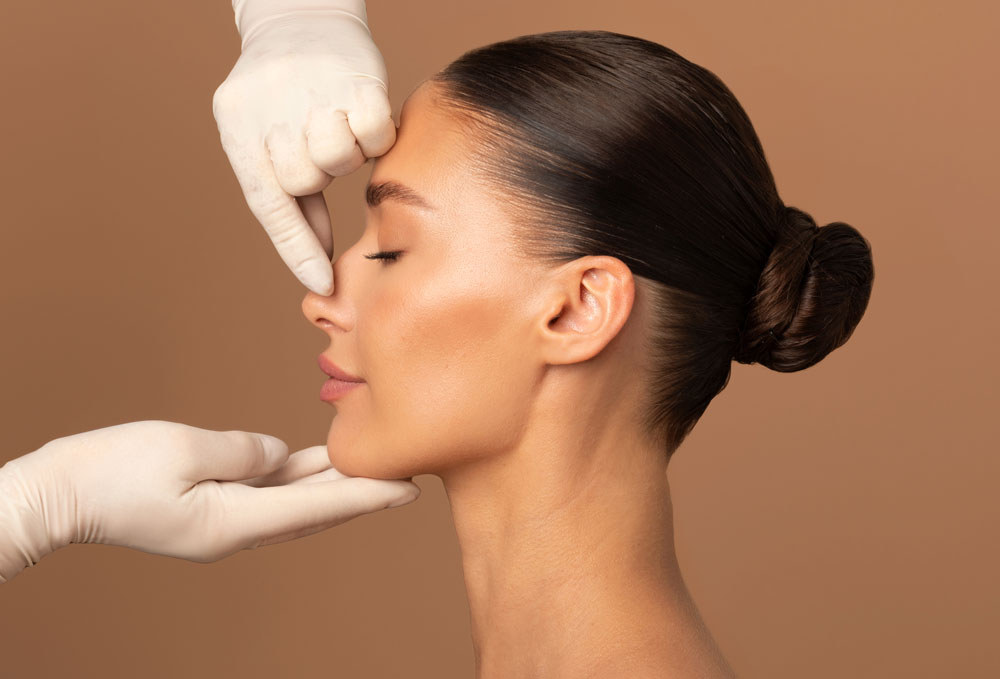
Why Patients Choose Ethnic Rhinoplasty
Many patients choose Ethnic Rhinoplasty because they want to enhance their features without erasing heritage. It allows individuals to achieve a nose shape that complements, rather than changes, their identity.
This approach also addresses cultural and emotional factors. For some, traditional rhinoplasty outcomes may feel too generic or unrepresentative. Ethnic Rhinoplasty, however, focuses on preserving authenticity while achieving modern aesthetic goals.
Moreover, advances in surgical planning, including 3D imaging, make it easier to predict realistic results. Consequently, patients feel more confident knowing their individuality remains intact.
Techniques Used in the Procedure
Ethnic Rhinoplasty requires precision and understanding of varied anatomical features. Surgeons often combine several techniques to achieve proportional, natural-looking results.
- Firstly, cartilage grafting is commonly used to refine the nasal tip or improve projection.
- Secondly, structural support may be added to strengthen delicate cartilage.
- Thirdly, subtle adjustments are made to balance width or bridge height.
Laser and ultrasonic tools now allow for even finer reshaping, reducing trauma and improving recovery. Moreover, modern Ethnic Rhinoplasty emphasises soft-tissue preservation, ensuring smoother healing and long-term stability.
The goal is always balance - enhancing definition while maintaining ethnic harmony and natural beauty.
Cultural Sensitivity in Ethnic Rhinoplasty
Cultural understanding is essential in Ethnic Rhinoplasty. Each ethnicity has unique nasal characteristics that contribute to facial identity. Therefore, respecting these features is fundamental to achieving authentic results.
Surgeons trained in ethnic-specific techniques appreciate how subtle differences influence beauty perception. For instance, a patient may want refined contours but not a Westernised shape.
Additionally, open communication ensures alignment between patient expectations and surgical outcomes. This respectful, individualised process is what sets Ethnic Rhinoplasty apart from more traditional methods.
Conclusion
Ethnic Rhinoplasty celebrates individuality while refining beauty through balance and precision. Unlike traditional rhinoplasty, it respects cultural identity and achieves harmony without compromise. Moreover, Turkey continues to lead globally in advanced ethnic surgical techniques, delivering natural, lasting results that inspire confidence.
For more information and to book a consultation visit the ACIBADEM Beauty Center Rhinoplasty webpage.
Frequently Asked Questions
It enhances nasal shape while preserving ethnic features and maintaining natural facial harmony.
It focuses on balance and individuality rather than following standard aesthetic ideals.
No, recovery times are similar, and modern techniques ensure faster, more comfortable healing.
Yes, it can address functional concerns like obstruction while improving appearance.
Turkey combines surgical expertise, cultural understanding, and innovative technology for excellent, personalised outcomes.
